
“What is this?” asks this reader about the light brown, ovate organism pictured below. “I live in Idaho and these weren’t there yesterday when I set my laundry hamper there on the dryer. But when I moved it, I then later noticed them. They are hard and crunchy. My assumption is that they are possibly eggs? I just want to know if it’s something I need to get taken care of. Thank you.” Based on the photo alone, we would say that these are probably not eggs: this object looks far too big to be an egg, and its brown coloration makes us think it is more likely that this is a pupa.
Pupae are the third stage of life that insects go through, and it is the final stage before adulthood. The most recognizable pupa one would likely think of is the butterfly’s chrysalis, which is a cocoon they spin from silk. Inside the cocoon, the butterfly changes from a caterpillar into a butterfly, undergoing a physical metamorphosis that requires an enormous amount of energy (hence why caterpillars are such ravenous eaters). The same goes for all insects: they too need to eat a lot of food during the larval stage to successfully metamorphose into their adult form. Often, the chrysalis they form is hard in order to protect the creature inside from predators and from falling. This would give the pupa the ‘crunchiness’ our reader refers to.
We do not know if the pupa our reader found is a butterfly pupa, and we do not know what insect it could possibly be. In most cases, it is most difficult to identify an insect at their pupal stage, as they possess the least amount of distinguishable physical characteristics. In any case, pupae are harmless since they are completely immobile, so moving the pupae outside will suffice in dealing with this issue. These likely ended up in our reader’s hamper because the mother insect laid her eggs somewhere in the home, and, once hatched, the larvae decided the hamper would be a safe spot to pupate. Of course, in that case, our reader would have likely noticed the larvae before they had a chance to become pupae, so it is also likely that the caterpillars traveled into his home (via an open door or perhaps a torn window screen) as a group and then pupated inside the hamper.
To conclude, we think that the brown organisms our reader found in his laundry hamper are insect pupae. We do not know exactly what species they are, but we do not think they are anything to worry about. We hope this helps and we wish him the very best!
All About Worms is always free, always reader-supported. Your tips via CashApp, Venmo, or Paypal are appreciated! Receipts will come from ISIPP Publishing.
You might also find these guys interesting!




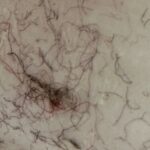
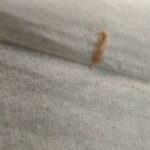

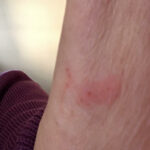
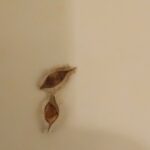

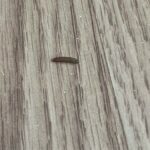
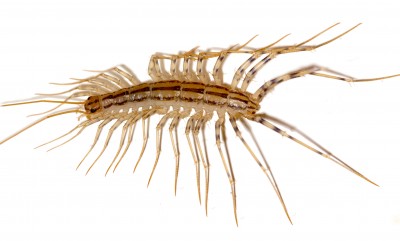
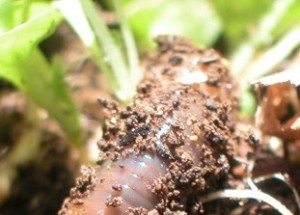




This looks/sounds like it could possibly be a carpet beetle. They love fiber, and after molting they tend to leave their crunchy “shells” behind. I find them in my laundry from time to time as well, that’s what made me look into them in the first place.
I hope this helped!